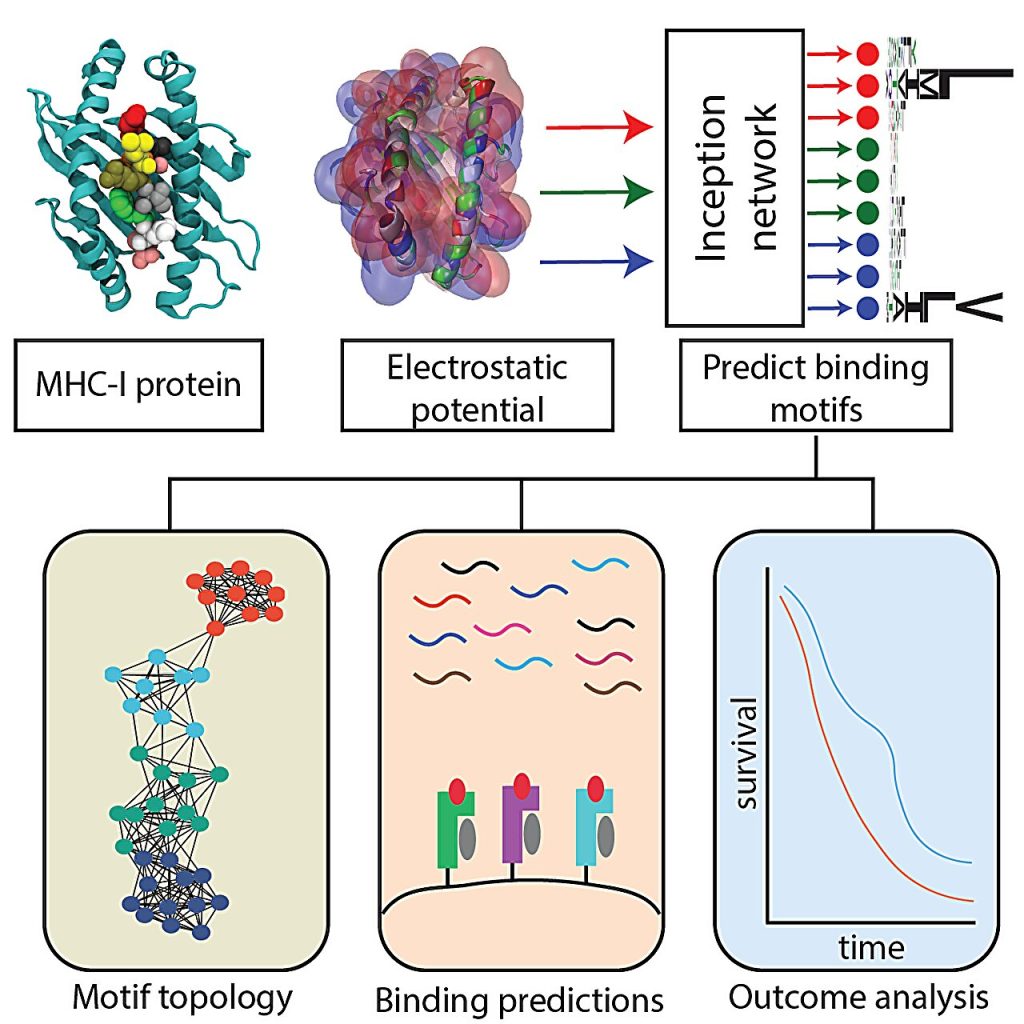In a year-end report that steered clear of Supreme Court ethics and legal controversies surrounding Donald Trump, Chief Justice John Roberts took a deep dive into the intricate world of artificial intelligence (AI) within the federal courts.
Labeling AI as the “latest technological frontier,” Roberts weighed the advantages and drawbacks of integrating computer-generated content into the legal profession. His insights come in the wake of recent incidents involving AI-generated fake legal citations infiltrating official court records, notably in the case of former Trump lawyer Michael Cohen.
The perils and promise of AI in the legal realm
Roberts, in his annual report, didn’t shy away from addressing the risks associated with AI in federal courts. He expressed a clear stance against the utilization of AI, emphasizing the need for caution and humility. Pointing to the recent instance of AI-generated fake legal citations, particularly in high-profile cases like Michael Cohen’s, the Chief Justice labeled it as “always a bad idea.”
Despite his reservations, Roberts acknowledged the potential of AI in democratizing access to the courts for those with limited financial means. He recognized the tools’ capacity to bridge the gap between available resources and the pressing needs within the court system.
Also, Roberts delved into the ongoing ethical challenges faced by the Supreme Court, citing instances involving Justice Clarence Thomas, Samuel Alito, and Sonia Sotomayor. This contextual backdrop added weight to his cautionary stance on AI, as the legal fraternity grapples not only with technological advancements but also internal integrity issues.
The Chief Justice’s acknowledgment of AI’s potential benefits juxtaposed with the inherent risks underscores the delicate balancing act required in navigating the evolving landscape of justice.
Human judgment vs. AI precision
Drawing parallels with the world of sports, Roberts utilized tennis as an analogy to underscore his belief that AI won’t entirely replace human judges. While acknowledging the adoption of optical technology in tennis tournaments to determine the precision of serves, he highlighted the crucial difference.
In tennis, decisions involve millimeter precision with no room for discretion, unlike the legal realm where many determinations reside in gray areas requiring human judgment. Expressing wariness about the growing use of AI in courts, Roberts predicted the continued presence of human judges but foresaw significant impacts on judicial work, especially at the trial level.
Roberts expanded on the comparison, emphasizing that judges, unlike automated technology, operate in a realm of nuance and interpretation. The Chief Justice’s juxtaposition of the precision-driven decisions in sports with the complex, subjective nature of legal determinations underscored his skepticism about a wholesale adoption of AI in the judiciary. As federal courts grapple with the integration of technology, Roberts’ cautionary perspective provokes contemplation on the delicate balance between the precision of algorithms and the nuanced judgment inherent in the human experience.
Pondering the future landscape of AI in federal courts
As the federal courts navigate the ever-evolving landscape of technology, Chief Justice Roberts leaves us with a thought-provoking prediction: the endurance of human judges alongside a substantial transformation in judicial work due to the burgeoning influence of artificial intelligence. What implications might this have on the fairness and nuance inherent in legal judgments? Will the integration of AI bring efficiency or compromise the delicate balance of human discernment? The cautionary tone set by Chief Justice Roberts invites contemplation on the delicate intersection of tradition and technological advancement within the judiciary.





